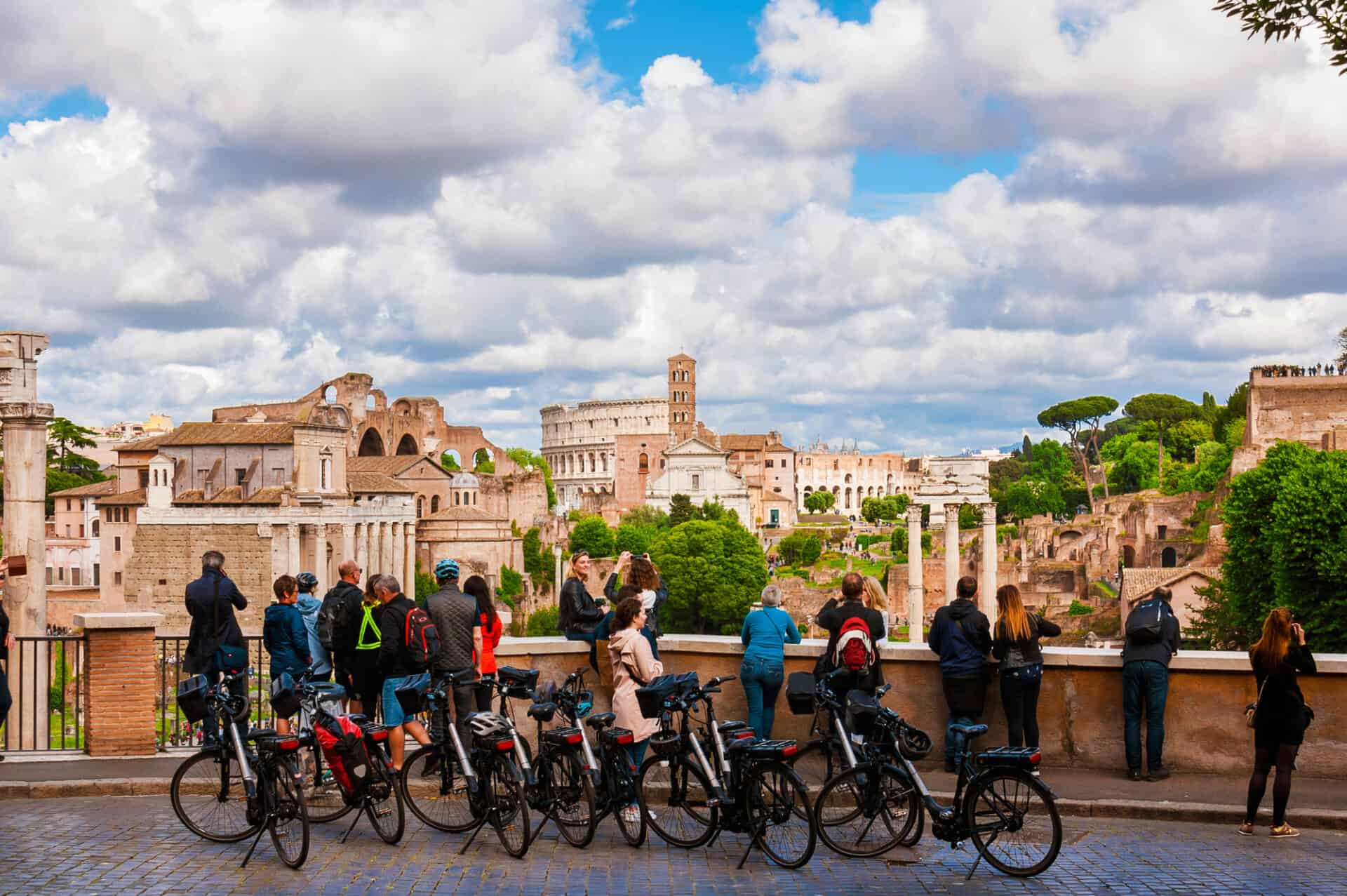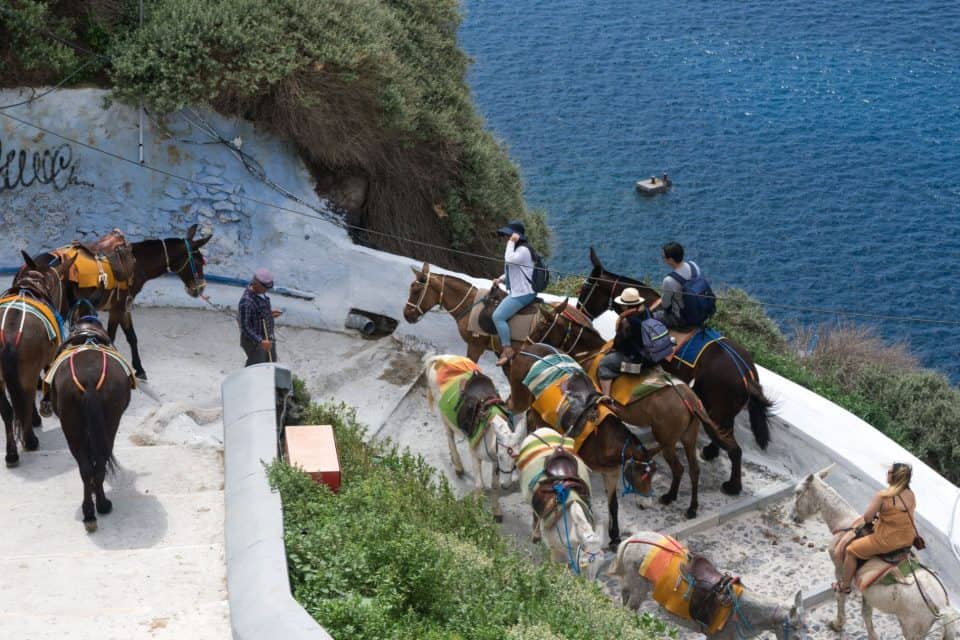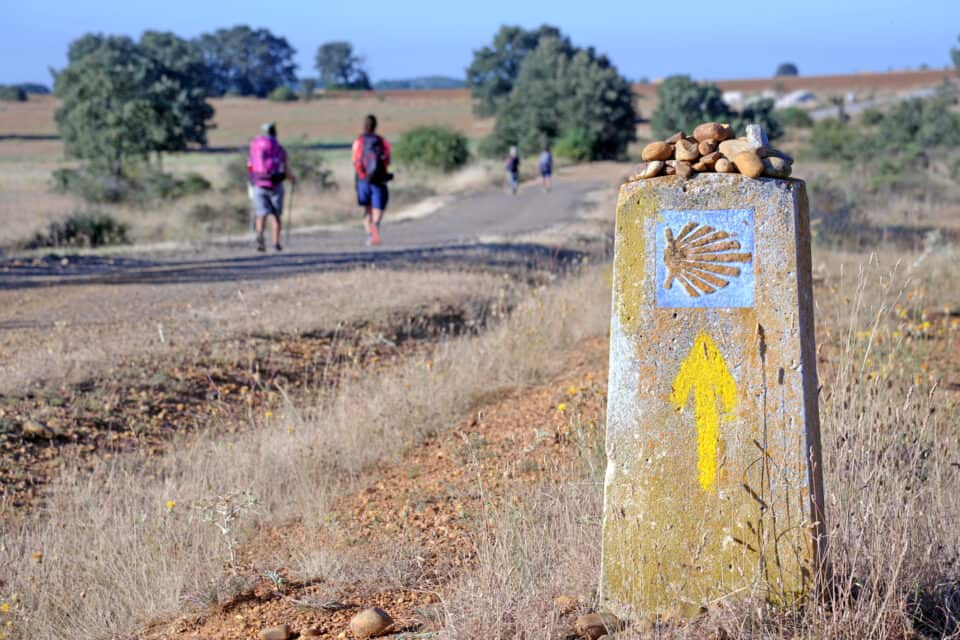The city centre of Rome is not a place for horses. That’s why the well-known “Botticelli,” tourist carriages pulled by horses, can only operate within the three major parks: Villa Borghese, Villa Doria Pamphilj, and Parco degli Acquedotti.
Botticelli in Rome can be killing
The discussion about horse-drawn carriages has been ongoing for a long time. Italians don’t like them, but the Botticelli remain popular among tourists. A carriage ride is not cheap, with the norm being 100-250 euros. But the traffic, poor road conditions, heat, and excessively heavy carriages have negatively impacted animal welfare. Over the past years, several horses have died due to accidents, exhaustion, and heat. Please do not take carriage rides here (or in any other city). The horses suffer, and they never get a break (no romantic retirement in a meadow, the horses go to the slaughterhouse).
Rome bans horse-drawn carriages from the streets, not from parks
Currently, there are still about 40 carriage drivers active in Rome, which is half the number from ten years ago. They will only be found in the parks of Villa Borghese, Villa Doria Pamphilj and Parco degli Acquedotti. According to the city council, the conditions for the horses are better in these parks, with plenty of shade, greenery, and no traffic. An additional advantage could be that tourists will discover these parks more. They must follow fixed routes through the park and take a mandatory break every 45 minutes. From July until 15 September, they are not allowed to work in the afternoon due to the heat. If the temperature exceeds 35 degrees, they must stay indoors. It is unfortunate, though, that the enforcement of these measures is not always consistent.
Explore the eternal city in an electric tuk tuk
For years, promises have been made to replace horse-drawn carriages with electric carriages, just like in other tourist destinations worldwide. Unfortunately, in Rome, they are still ideas and plans. Luckily there are private initiatives that offer animal- and environmentally-friendly alternatives. A good example is Etuk Tours Rome. They offer unique and eco-friendly tours of the beautiful city of Rome in electric tuk tuks or Golf carts!
Be the change
The behaviour of tourists can play a role in creating change. If there is no longer a demand for horse-drawn carriage rides and tourists choose to explore alternative ways to experience Rome, this can ultimately lead to adjustments in the offerings and regulations. Awareness and responsible tourism can contribute to a positive change in the treatment of animal welfare.
Sustainable alternatives to admire the beauty of Rome
Exploring Rome on foot or by bicycle is a sustainable and immersive way to experience the city. Joining walking tours or renting a bicycle allows you to visit major landmarks, such as the Colosseum, Roman Forum, and Vatican City, while minimizing your carbon footprint.
Rome has an extensive public transportation system, including buses, trams, and the metro. Opting for public transport not only reduces emissions but also helps ease congestion in the city. Consider purchasing a Rome Travel Pass for unlimited rides and hassle-free travel.
Electric scooters are increasingly popular in Rome. They provide a fun and sustainable way to get around the city, especially for shorter distances. Look for scooter-sharing services that use electric vehicles to minimize environmental impact.
It is illegal to vandalize historical monuments
Remember to be respectful of historical sites and follow local regulations to ensure the preservation of Rome’s cultural heritage. Tourists writing or carving their names on historical monuments in Rome, or any other destination, is an unfortunate and disrespectful practice. It can cause irreversible damage, leading to the deterioration of the monument and a loss of its historical value. These acts can result in legal consequences, including fines or imprisonment.

This article is part of the series by Conscious Travel Guide, your resource for mindful globetrotting.


